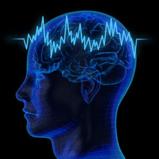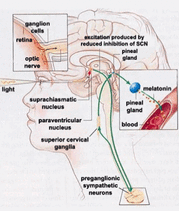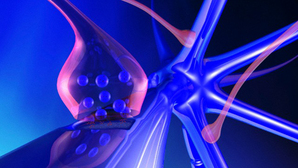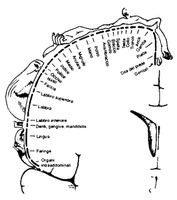Neurosciences and reflexology
The old opposition between neurosciences and psychoanalisys, so as some backward visions are going to end in a next future. New technologies to register brain activity and changes are opening frontiers and doors still now closed. Some researches have registered that brain changes caused by drugs are similar to changes caused by psychotherapy, this is of great importance in a therapeutic vision to restore "normal" functions and activities.
(Kandel, Schwartz, Jessel "Principles of Neural Science").
(Kandel, Schwartz, Jessel "Principles of Neural Science").
SOMATOTOPICAL RELATIONSHIP
Some interesting perspectives come from the study of 2008 "Somatotopical relationships between cortical activity and reflex areas in reflexology: A functional magnetic resonance imaging study", by Tomomi Nakamarua, b, Naoki Miurab, c, , , Ai Fukushimab, Ryuta Kawashimab (Kochi University of Technology). They have examined the somatotopical relationship between cortical activity and sensory stimulation of reflex areas in reflexology using functional magnetic resonance imaging. The findings showed that reflexological stimulation induced a somatosensory process corresponding to the stimulated reflex area and that a neuroimaging approach can be used to examine the basis of reflexology effects.
Some interesting perspectives come from the study of 2008 "Somatotopical relationships between cortical activity and reflex areas in reflexology: A functional magnetic resonance imaging study", by Tomomi Nakamarua, b, Naoki Miurab, c, , , Ai Fukushimab, Ryuta Kawashimab (Kochi University of Technology). They have examined the somatotopical relationship between cortical activity and sensory stimulation of reflex areas in reflexology using functional magnetic resonance imaging. The findings showed that reflexological stimulation induced a somatosensory process corresponding to the stimulated reflex area and that a neuroimaging approach can be used to examine the basis of reflexology effects.
COPYRIGHT by Dr. A. Virgili ReflexologyStudio - All rights reserved




